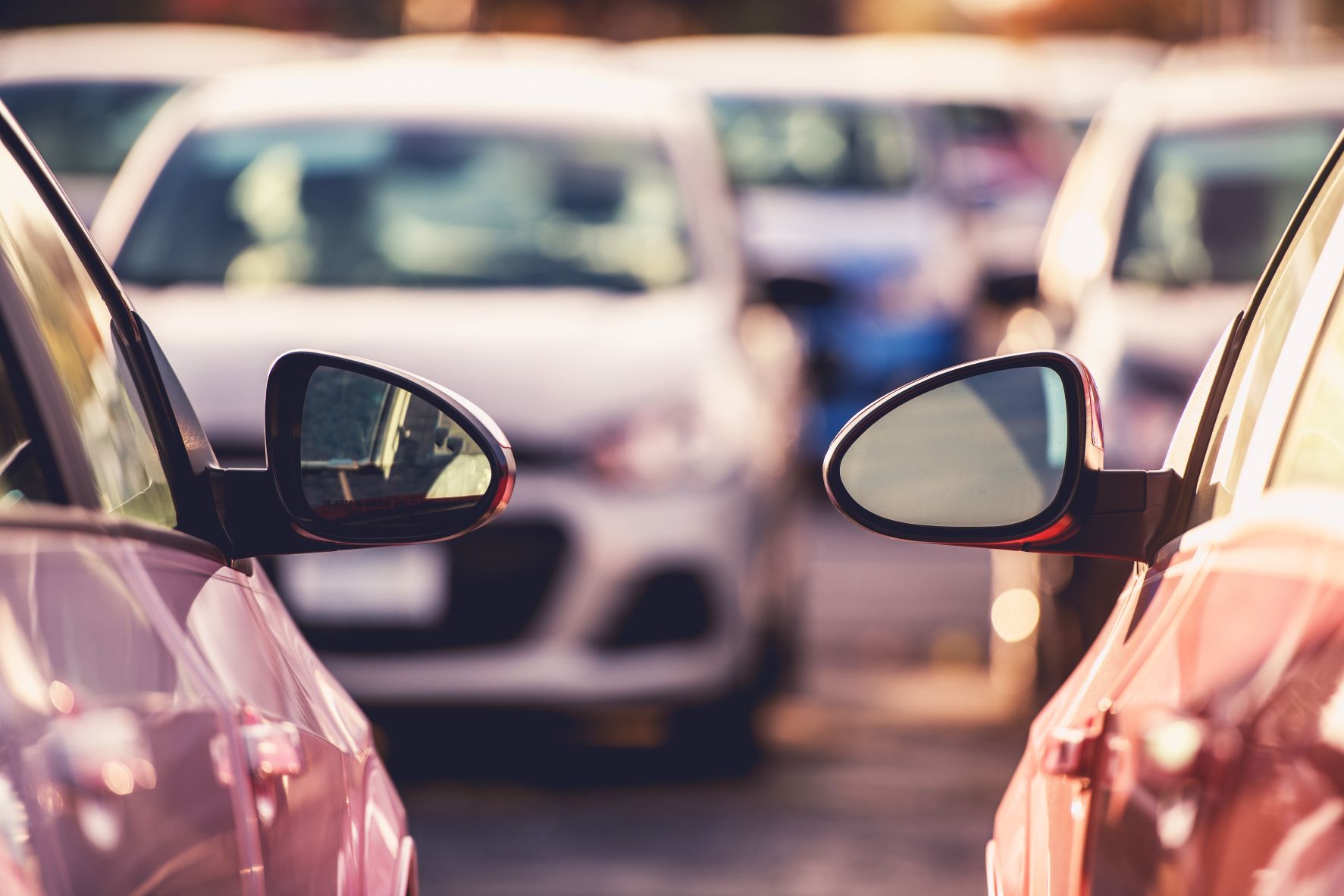Rolling over your car loan means to your adding negative equity/or the remaining balance of an old car loan onto a new car loan. If you’re trading your vehicle into a dealership but still have an outstanding balance on it, dealers may offer to roll your previous balance onto your new loan. Typically, this is something we would recommend avoiding as it makes it likely that you’ll end up in an upside-down loan for an extended period of time. An upside-down loan means that you owe more than the vehicle is worth.
What is the Risk of Rolling a Car Loan?
When you roll over your loan, you’re increasing the total balance that you owe, putting you in a situation where you potentially owe more than the total value of the vehicle. If you end up in this situation, you’re in what’s known as an upside-down loan. On top of this, this increased balance will make your monthly payments bigger.
It is important to note that being in an upside-down loan isn’t always a huge issue, especially if you intend to keep the vehicle for a long time. But if you decide to sell the car and still have a balance on it, it may mean making a hefty payment to cover the difference.
Consider it this way: As soon as you drive your car off the dealer lot, it starts to depreciate in value. Therefore, the issue gets worse when you add a new loan to your already depreciating car. You will now be responsible for the balance of your initial loan as well as the value of your new vehicle if you refinance your current loan.

Alternatives to Rolling Over Your Car Loan
Before you decide to roll over your car loan, it's important to weigh any other possible alternatives. Here are three alternatives to keep your finances in a better place.
Pay off your current loan first. The best course of action is to pay off your existing loan before starting a new loan. By doing this, you will prevent costs from piling up on top of one another and reduce the likelihood of ending up in an upside-down loan. Refinancing your loan or removing extra fees are two options for speeding up loan repayment.
Buy a used car. If you need to buy a new car right away, think about buying used. Although there is still a possibility of the loan rolling into an earlier one, you will probably be able to finance it for less, which will reduce any building debt.
Sell your car privately. Instead of trading in your vehicle at a dealership, think about selling it privately. This will likely result in getting more for the vehicle, giving you extra to put as a down payment on your next vehicle.

How to Avoid the Need to Roll Over Your Car Loan
1. Buy a less expensive car.
To avoid the need of rolling over your current car loan, buy a less expensive car that will take less money and time to pay off. Use a car loan calculator to help figure out how much you can afford to pay monthly.
2. Understand negative equity.
You need to understand the possible risks and consequences of negative equity before you decide to roll over your car loan. Don’t put yourself in a situation where you're overwhelmed with debt that is more than the total value of the vehicle.
3. Lease instead of a loan.
Consider leasing if you don't like to keep the same car for more than a few years. Typically, leasing is less expensive per month than purchasing a vehicle. However, there are restrictions on mileage and fees that must be paid at the end of the lease.
